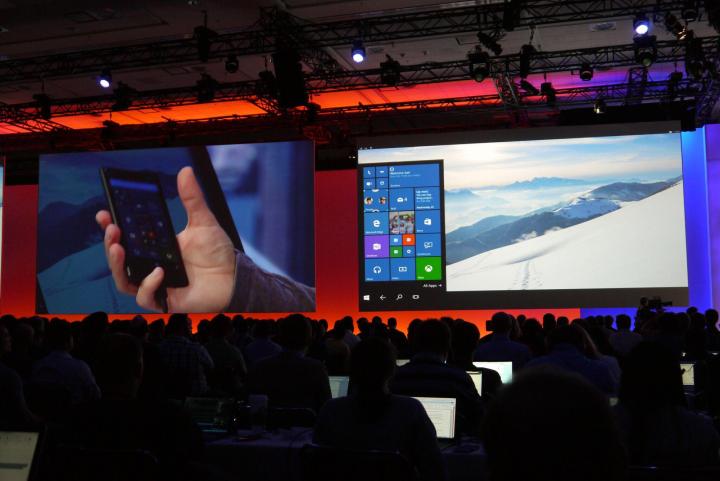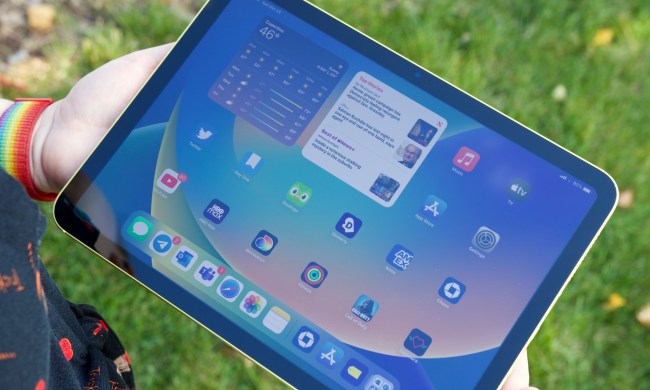
Unleash the Phones disclosed the internals of each handset, and they’re competitive. Cityman packs an unspecified Qualcomm octa-core processor, 3GB of RAM, 32GB of internal storage, and a MicroSD card slot. Talkman drops the processor core count down to six, but retains the 3GB of RAM and 32GB of storage with MicroSD card slot.
The displays are close in terms of resolution (Quad HD 2,560 x 1,440 pixels) but apart in size: Cityman’s measures 5.7 inches, while Talkman’s is the smaller of the two at 5.2 inches. They both sport 20-megapixel rear-facing cameras, 5-megapixel front-facing cameras, and batteries of nearly identical capacity — 3,300mAh in Cityman and 3,000mAh in Talkman.
That may all sound rather mundane, but Microsoft’s got a few tricks up its sleeve. Cityman and Talkman are equipped with “triple-LED” flash for more “natural colors,” for one, and will also come with proprietary components that enable Windows 10’s Continuum for phones. The feature — which Microsoft recently demoed at its annual BUILD conference in Redmond, Washington — transforms the mobile interface into a full integrated Windows desktop. You can use the Edge browser and Office apps with an attached keyboard and mouse, but also receive SMS and place calls.
The delay of Windows 10 for phones reportedly won’t impact the release date of the Cityman and Walkman. Microsoft is shooting to ship “later this year,” but specifics beyond that vague estimate aren’t forthcoming.
Windows Phone’s app ecosystem is still weaker than the competition’s, but Microsoft’s made strides in courting developers. It introduced tools at BUILD to easily port apps written for iOS and Android to Windows Phone, and added support for carrier billing, in-app purchases, and corporate environments to the Windows Store. Whether these efforts will increase the number of apps in the store and the number of Windows Phone users remains to be seen.


